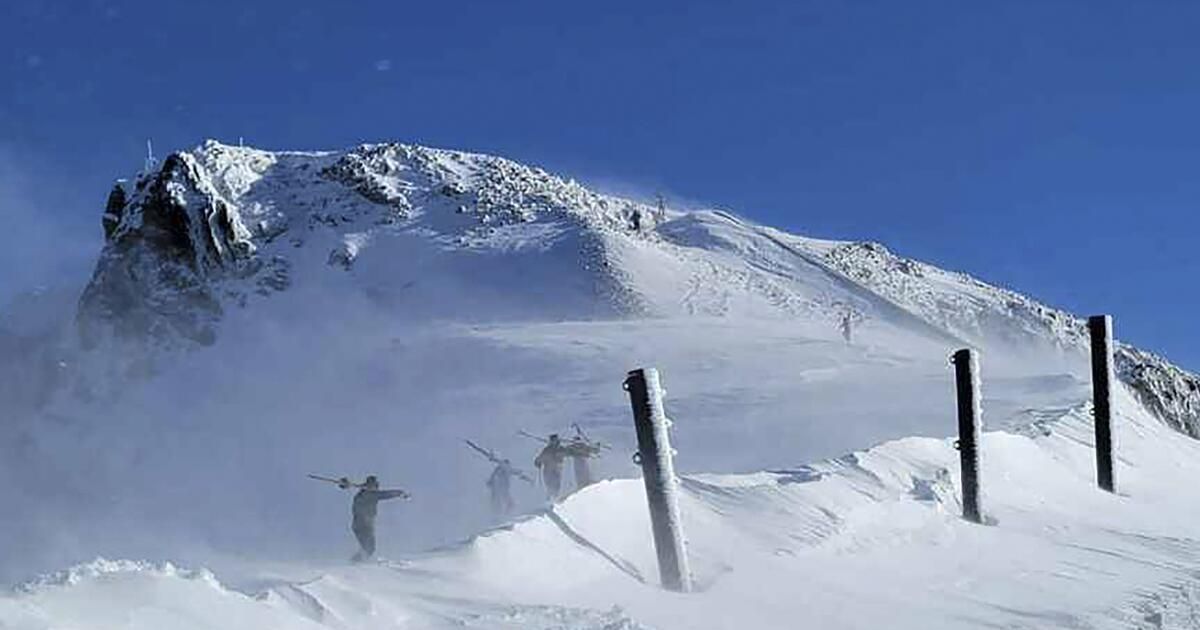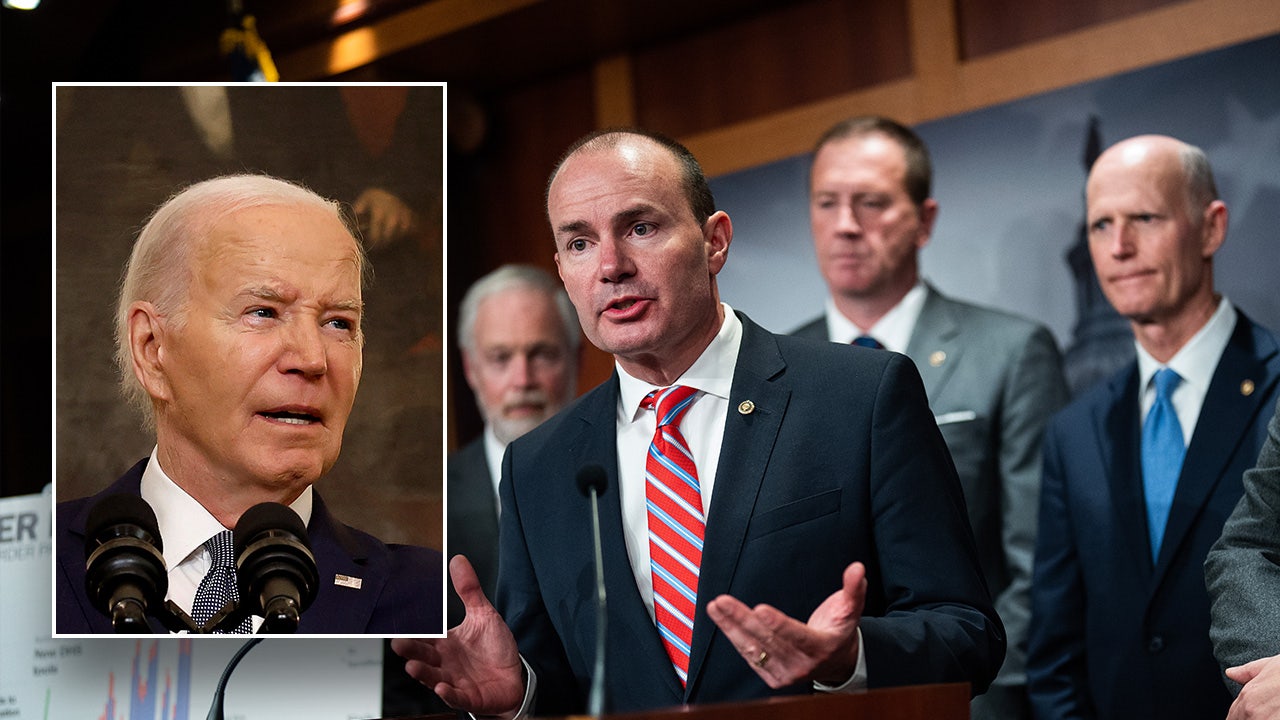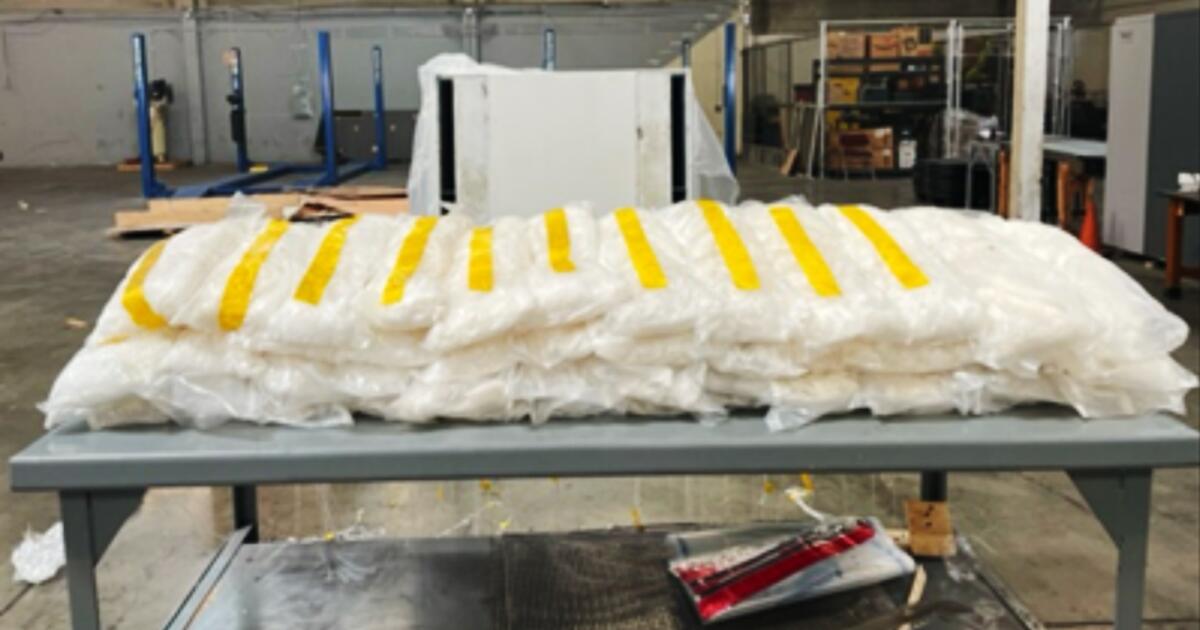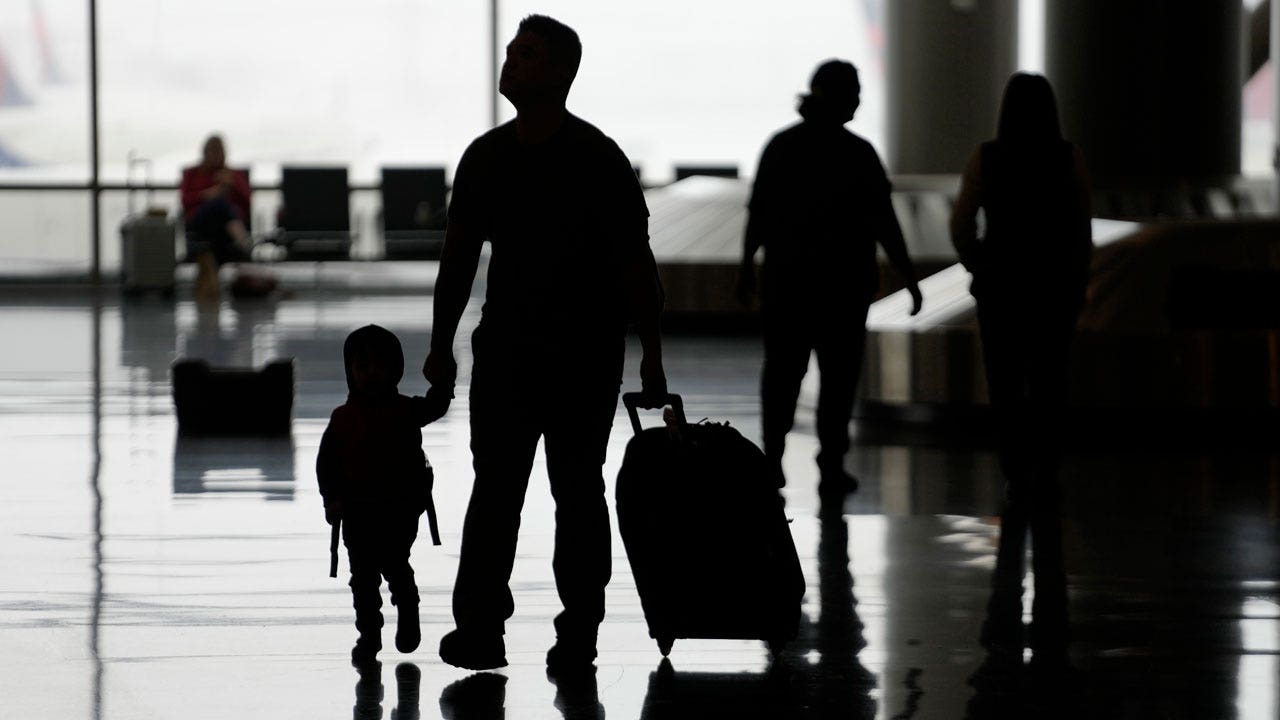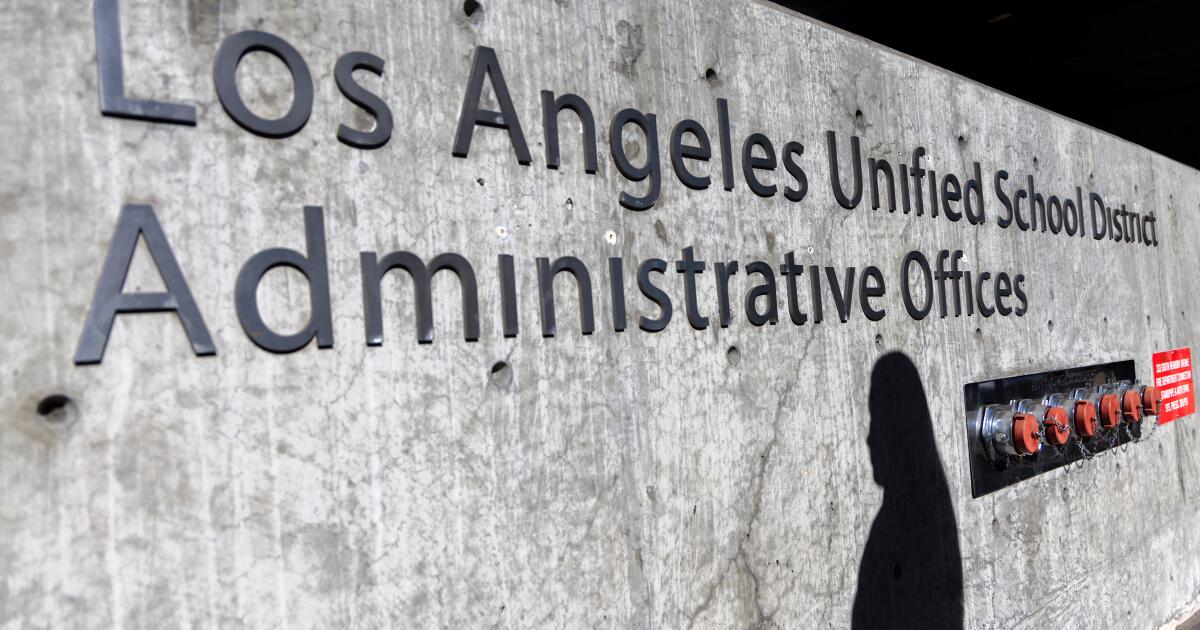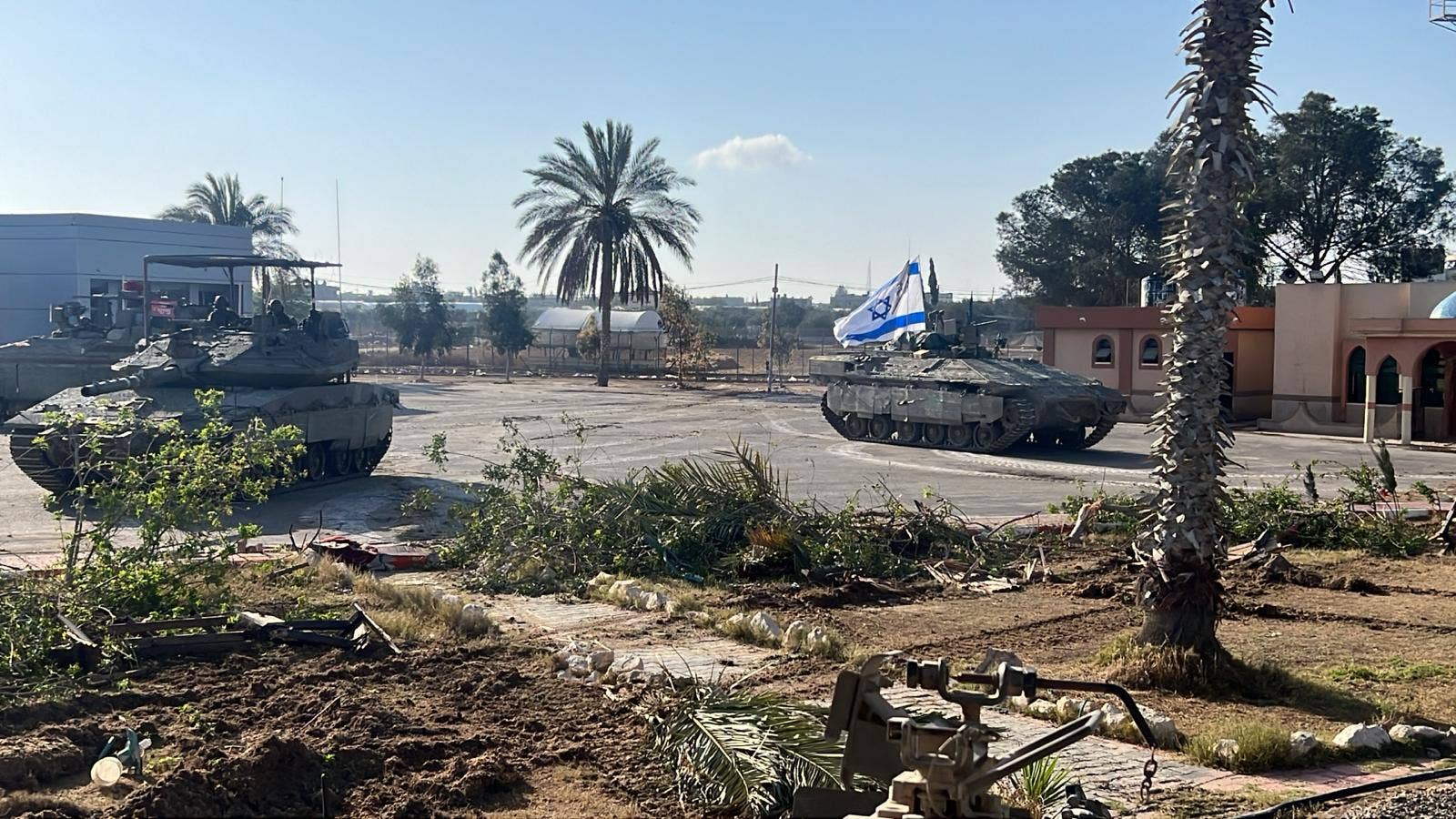The first sign of trouble came in the form of a shower of snow falling from above where Jason Parker had stopped near the top of one of California's steepest and most famous ski runs: the face below the Palisades' KT-22. Tahoe.
He didn't think much about it. “It's okay,” she remembers thinking. “Maybe there's a skier above me who just made some snow.”
Parker didn't hear any roars or creaks. The wind blew, and all his ears caught was a howl, blowing across the ice surface and sending gusts of fresh dust toward the base of the mountain, far, far below.
This was pretty standard and he prepared to continue down the mountain.
“I didn't hear it,” he said of what happened next. “I just felt the snow hitting me…turning me onto my back.”
From a safer position several feet away, his fiancée heard him say, “Oh, shit…”
Parker doesn't really remember that. He was “in a river flowing downward.” Except it wasn't a river. It was an avalanche that was about to claim the life of one man, Kenneth Kidd, 66, a skier who divided his time between Marin County and Truckee.
Reno resident Jason Parker was injured in an avalanche in Palisades Tahoe on Wednesday. Another skier found him and pulled him out of several feet of snow.
(Courtesy of Jason Parker)
And now Parker was caught up in it too. He felt his body speed up. He felt the snow pile up on him.
He shouted “Look at me! Look at me!” He knew it would be important to have some idea of where he ended up, so that rescuers could come look for him; he didn't have a beacon.
But beyond that, there was nothing to do but let the river of snow take him, snowboard and all, and drag him down the mountain while the skiers on the chairlift above watched in horror.
Parker knew the terrain beneath the KT-22 well. He had ridden it countless times during his decades-long stay in the Palisades. He knew how steep it was. He knew there was a slide right below him, surrounded by sharp granite outcroppings. Being dragged down the slide would be nice. If they dropped it on one of the outcrops, it would be bad. Serious traumatic injury. Falling several stories is bad.
The river of snow dragged him down the slide. This was good. Something like. But it wasn't good either, because his body began to accelerate. He somehow fell face down, face down the mountain, with the snowboard still attached to his feet.
Meanwhile, as he and the avalanche fell further and further, more and more snow compacted around his body.
Finally, as the angle of the slope decreased, he felt himself stop.
“I'm thinking, I'm going to be fine,” he said. “Man, this is going to be good.”
Except it wasn't.
Because Parker was buried in about 4 feet of snow, invisible to the dozens of people who had already gathered on the mountainside looking for survivors.
He couldn't move. Not his legs. And not his arms. She would soon run out of oxygen.
More than most people on the slopes of Palisades Tahoe that morning, Parker understood the dangers posed by avalanches, rare as they are in places like the Palisade slopes.
In the last decade, 244 people have died in avalanches in the U.S., according to statistics from the Colorado Avalanche Information Center. The vast majority involved people in rural areas or what is called “sidecountry,” where they dodged ropes or otherwise wandered beyond resort property onto adjacent land.
Only six skiers and snowboarders have died in avalanches on open slopes at resorts over the past 10 years. Three of them died in a single incident in 2020 at an Idaho resort.
Parker, 52, works daily as a transportation manager at Silver Legacy Resort in Reno. But in the winter, he spends his free time snowboarding: in the Palisades, where he has a season pass, and also in the backcountry, where he goes to avoid the crowds and enjoy the solitude of the snow, the sky, and occasional views of the mighty Lake Tahoe. from peaks like Mount Tallac and Carson Pass.
Like many backcountry cyclists, he had also taken courses on how to survive avalanches.
He knew the clear figure: rescuers had about 15 minutes to find him before it was too late.
Somehow, before his arms were completely sealed in the snow, he hit a small pocket of air in front of his face. She assumed she would give him a few minutes of oxygen.
He did it just in time. “The rest of the slide was still to come,” she recalled. “So it just buries me.”
Everything turned black.
At first he screamed for help. But after a few minutes, she stopped, knowing that she needed to conserve oxygen.
He lay in the dark, alone.
“It's weird. I don't know how to explain this,” he said. “I really just slowed down my breathing and then started saying to myself, 'I think this is it.'”
“I kind of made peace with that.”
His fiancée, his family and his friends crossed his mind. She could feel herself losing consciousness. She knew it was because she was breathing carbon dioxide, but at that moment she felt like she was in a dream.
He was surprised by how calm he felt.
Until, suddenly, he felt a strong blow on his back: a rescuer's probe.
“It woke me up,” he said. She felt a surge of emotion. “I'm going to be okay,” she thought again, this time for real. “They're going to catch me.”
As if from far away, through layers of snow, he heard a voice shouting: “I've got it. We found it!”
He heard more voices. She heard the sound of frantic digging. Someone gave him an airway. She gulped in fresh air.
He was still buried, but now there were dozens of people, some digging with gloved hands and others with shovels, trying to rescue him.
Finally they took him out.
His fiancée threw herself into his arms.
A member of the Palisades ski patrol was there. What is your name, the savior asked. Do you know where you are? You are injured?
He answered your questions. She knew where she was. He wasn't actually hurt, although he could feel that one of his knees was hyperextended. He hurt, but not terribly.
Members of the ski patrol offered to take him off the mountain.
But he could see a frantic search around him. There were already snowmobiles and rescue dogs, all looking for more victims. And she had hurt that knee before; She thought she could snowboard on it.
No, he said he told them, I don't need a slide. I will go down.
That's what he and his fiancée did.
By the time they reached the bottom of the hill, the complex had begun to empty.
Parker and his fiancée (who, according to Parker, wants nothing to do with media interviews) headed to his car.
Nobody tried to stop them.
He took them back to Reno. “Adrenaline,” she said when asked how she did it.
It wasn't until he got home that he learned another skier had died.
“It just broke my heart,” she said. “How did I come out so unscathed? And this guy died?
A day later, the media found him.
Parker agreed to interviews. In each and every one of them, she delivered a safety message: Know the dangers, she said.
“The mountain is not Disneyland.” If you know you're skiing in avalanche danger, carry a beacon, even at a resort, where these types of accidents are rare.
Three other resort guests were swept away by the avalanche on KT-22. Kidd died and two other people were trapped in the slide but were rescued by bystanders, authorities said. The cause of the avalanche is being investigated; It happened just before a winter storm dumped several feet of snow on the Tahoe region.
Other survivors also told how they escaped the avalanche.
Janet He and her husband, Joseph Lu, wanted to be among the first people at KT-22 when it opened. The couple were going down the slope when the avalanche occurred and dragged He down the mountain.
She fell about 200 feet and was buried under snow, she told CBS13 in Sacramento.
“I couldn't get up because the snow was so heavy on top of me,” he said. “I was buried, my face buried in the snow. “I was lucky to have the mask, I had some air in the mask.”
As Lu frantically searched for his wife, he tried to remain as calm as possible. Then he heard a voice coming from above. A skier came to her rescue and helped her get her out of the snow.
“He says, 'Don't worry, I've got you,'” she said. “I think it's the best thing I've ever heard in my life.”
Other ski resort guests came to the rescue when they heard about the avalanche.
Jeremy Jones was snowboarding with his 15-year-old son at KT-22 Wednesday morning. They were on his second race when Jones lost sight of his son, according to his social media post.
When Jones reached the bottom, he heard: “There was an avalanche. “The elevator is closed.”
Feeling nervous, Jones called his son, who told him that he had rushed to the site of the avalanche and helped a man who had been injured. Jones' son gave the man his gloves and his jacket until ski patrol arrived.
Jones reached out to see how he could help and learned that a buried snowboarder had been rescued but another person had died.
“My heart bleeds for the friends and family of the deceased,” Jones wrote in her post. “Thank you for the community effort in the rescue.”
Parker said he considers Palisades innocent for the accident.
“I've been skiing in the Palisades for a long time,” he said. “For me it is a family.”
He called the public relations phone number and left a message.
On Friday morning someone called again.
He told them he wanted to return. She wanted to ski KT-22 again.
Palisades officials told him, he said, that when that happens they will send a ski patrol with him.

